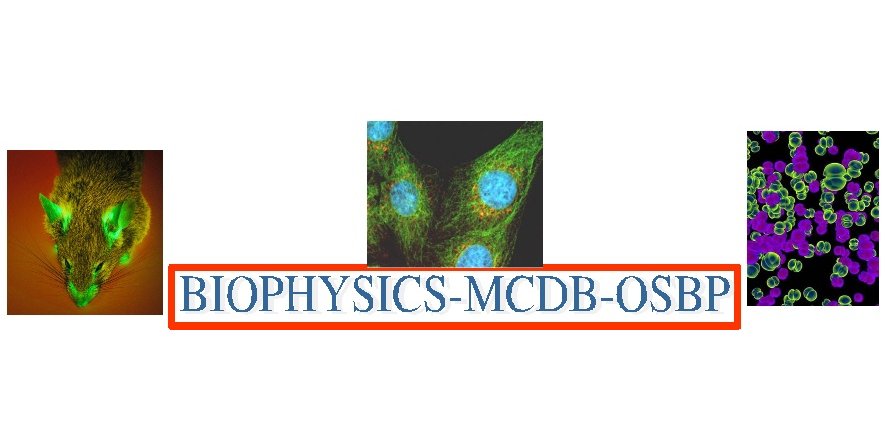Interdisciplinary Graduate Programs Symposium

2010 OSU Molecular Life Sciences
Interdisciplinary Graduate Programs Symposium

Poster abstracts
Abstract:
Pediatric tumors of the CNS are the most common solid tumor in children, accounting for 20-25% of all pediatric tumors, and the second most common childhood cancer after hematological malignancies. Medulloblastoma, once believed to be a glioma, is in the family of cranial primitive neuroectodermal tumors (PNET) and accounts for approximately 20% of all pediatric CNS tumors. The peak occurrence is at 4 years of age with 10-15% of patients being diagnosed in infancy. Typical treatments involve resection followed by radiation and chemotherapy; however, in young children the brain is particularly susceptible to the toxic effects of today’s current therapy, making alternative therapies an attractive goal. Signal Transducer and Activator of Transcription 3 (STAT3) is found constitutively activated in a wide variety of tumors including medulloblastoma, leading to increased cell survival, growth, angiogenesis and other tumorigenic properties. Thus inhibition of the activated STAT3 pathway is an attractive potential therapeutic target for medulloblastoma. To target the STAT3 oncogenic pathway in medulloblastoma, we designed a novel non-peptide small molecule, LLL12, using structure-based computer design. We found LLL12 to be a potent inhibitor of cellular proliferation in medulloblastoma cell lines expressing phosphorylated STAT3 with IC50 values ranging between 1.07uM and 4.03uM after 72 hours of drug treatment. LLL12 was also found to inhibit the phosphorylation of STAT3 and induce apoptosis as indicated by the cleavage of caspase-3 after only 24 hours of treatment. Furthermore, we observed that LLL12 was able to down-regulate Cyclin D1, Bcl-2 and Bcl-xL, which are downstream targets of STAT3, at the mRNA level after 16 hours of treatment. Our results indicate that LLL12 may be a potential therapeutic agent for the treatment of medulloblastoma and further investigation is needed.
Keywords: STAT3, Cancer